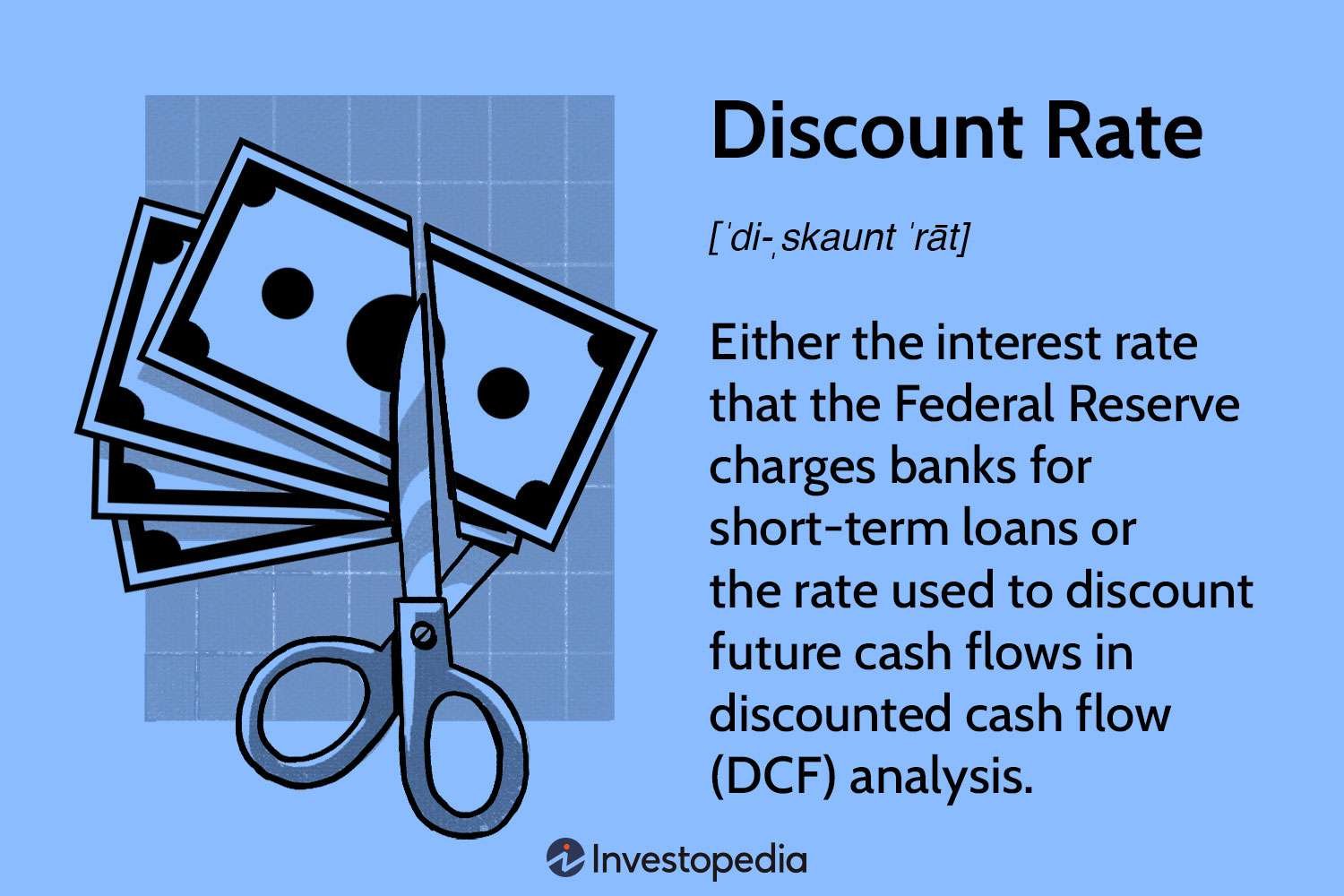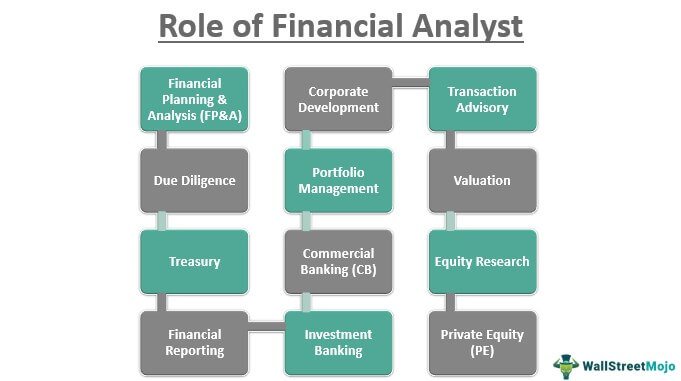Understanding the discount rate in finance can be a daunting task, but fret not! In this article, we will break it down into simple terms and provide you with a comprehensive understanding of this key concept. The discount rate plays a crucial role in determining the present value of future cash flows. By applying a discount rate, we can assess the value of an investment or a stream of income in today’s terms. So, if you’ve ever wondered how businesses and investors evaluate projects or assets, look no further! Let’s dive into the world of discount rates and unravel its mysteries.
Understanding the Discount Rate in Finance
Introduction
In the world of finance, the concept of discounting plays a crucial role in various financial decisions and calculations. One key component of this concept is the discount rate. The discount rate is a fundamental concept used to determine the present value of future cash flows. By understanding how the discount rate works and how it influences financial decisions, individuals and businesses can make more informed choices when it comes to investments, project evaluations, and other financial undertakings.
What is the Discount Rate?
The discount rate, also known as the cost of capital or hurdle rate, is the rate of return required to discount future cash flows to their present value. It represents the opportunity cost of investing in one project over another or the rate of return expected by an investor to compensate for the risk associated with a particular investment. Simply put, the discount rate reflects the time value of money and the risk involved in an investment.
The Time Value of Money
The time value of money is a fundamental concept in finance that states that money today is worth more than the same amount of money in the future. This is because money has the potential to earn returns over time, and individuals prefer to have money in hand sooner rather than later. Therefore, when evaluating future cash flows, it is essential to consider the time value of money by discounting those cash flows to their present value using the discount rate.
The Risk Factor
Another crucial aspect of the discount rate is its representation of the risk associated with an investment. Investments with higher levels of risk are typically assigned higher discount rates to compensate for the uncertainty and potential loss of capital. In contrast, investments with lower levels of risk are assigned lower discount rates. The riskiness of an investment is assessed based on various factors such as industry trends, market conditions, project-specific risks, and the overall financial health of the investment.
Calculating the Discount Rate
Determining the appropriate discount rate for a specific project or investment can be a complex task. Several methods and approaches are commonly used to calculate the discount rate, depending on the context and the available information. Here are a few commonly used methods:
WACC (Weighted Average Cost of Capital)
The weighted average cost of capital (WACC) is one method to calculate the discount rate. It takes into consideration the cost of capital from various sources such as equity and debt. The formula for WACC is as follows:
WACC = (E/V) * Re + (D/V) * Rd * (1 – Tc)
Where:
– E/V: Proportion of equity in the capital structure
– Re: Cost of equity
– D/V: Proportion of debt in the capital structure
– Rd: Cost of debt
– Tc: Tax rate
By determining the appropriate weights and cost of each component, the WACC provides a suitable discount rate for a project.
CAPM (Capital Asset Pricing Model)
The Capital Asset Pricing Model (CAPM) is another approach commonly used to calculate the discount rate. It considers the risk-free rate of return, beta, and expected market return. The formula for CAPM is as follows:
Discount Rate = Risk-Free Rate + Beta * (Expected Market Return – Risk-Free Rate)
The risk-free rate of return represents the rate of return on an investment with zero risk, such as a government bond. Beta measures the sensitivity of an investment’s returns to the overall market returns. By incorporating these variables, the CAPM provides an estimate of the appropriate discount rate for an investment based on its specific risk characteristics.
Other Approaches
Aside from WACC and CAPM, there are various other approaches to calculating the discount rate, depending on the specific context and requirements. These include the Build-Up Method, Fama-French Three-Factor Model, and the Arbitrage Pricing Theory, among others. Each method offers a unique perspective on risk and return, allowing analysts to determine a suitable discount rate for a given project or investment.
Applications of the Discount Rate
Understanding the concept of the discount rate is essential for making informed financial decisions in a wide range of applications. Here are a few key areas where the discount rate plays a significant role:
Investment Evaluation
When evaluating potential investment opportunities, the discount rate helps determine the present value of future cash flows expected from the investment. By comparing the present value of cash inflows to the initial investment, decision-makers can assess the profitability and feasibility of an investment. A higher discount rate will result in a lower present value, indicating a more conservative evaluation of the investment.
Net Present Value (NPV) Analysis
Net Present Value (NPV) analysis is a technique used to assess the profitability of an investment by comparing the present value of cash inflows to the initial investment. The discount rate is a critical component in NPV analysis, as it determines the present value of future cash flows. If the NPV is positive, the investment is considered profitable, while a negative NPV suggests that the investment may not be worthwhile.
Project Valuation
During project evaluations, the discount rate is used to estimate the present value of future cash flows generated by the project. By comparing the present value to the initial investment, decision-makers can determine whether the project is financially viable. The discount rate accounts for the time value of money and the potential risk involved in the project, providing a comprehensive assessment of its value.
Valuation of Bonds and Stocks
The discount rate is also crucial in valuing bonds and stocks. For bonds, the discount rate, often referred to as the yield to maturity, is used to calculate the present value of future coupon payments and the face value of the bond. For stocks, the discount rate is used to estimate the present value of future dividends or cash flows generated by the stock. These valuations help investors determine the fair value of the bond or stock and make informed investment decisions.
Factors Influencing the Discount Rate
Several factors influence the determination of an appropriate discount rate for a specific investment or project. It’s important to consider these factors to accurately reflect the risk and return characteristics of the investment. Some key factors include:
Interest Rates
Interest rates play a significant role in setting the discount rate. Higher interest rates typically lead to higher discount rates, as the opportunity cost of investing in riskier projects increases. Conversely, lower interest rates result in lower discount rates, reducing the cost of capital for investments. The prevailing economic conditions and central bank policies heavily influence interest rates.
Risk Appetite
The risk appetite of investors or organizations also affects the discount rate. Investors with a higher risk appetite may be willing to accept lower discount rates for riskier investments, while those with a lower risk appetite may demand higher discount rates for similar investments. Understanding the risk tolerance and preferences of stakeholders is crucial in determining the appropriate discount rate.
Market Conditions
Market conditions, such as volatility and uncertainty, can impact the discount rate. In periods of economic instability or market downturns, investors may become more risk-averse, leading to higher discount rates. Conversely, during periods of economic growth and stability, investors may be more willing to take on risk, resulting in lower discount rates.
Industry-specific Factors
Different industries have varying levels of risk and return expectations, which can influence the discount rate. Highly regulated industries or those with significant technological changes may have higher discount rates due to increased uncertainty. On the other hand, mature and stable industries may have lower discount rates, reflecting their lower risk profile.
The discount rate is a vital concept in finance that helps individuals and businesses assess the value and feasibility of various investments and projects. By understanding the time value of money and the risk associated with an investment, decision-makers can use the discount rate to determine the present value of future cash flows accurately. Calculating the discount rate requires careful consideration of factors such as the cost of capital, risk appetite, and market conditions. By incorporating the discount rate into investment evaluations, project valuations, and other financial analyses, individuals and businesses can make informed decisions that align with their financial goals and risk tolerance.
What is Discount Rate? | Learn with Finance Strategists | Under 3 Minutes
Frequently Asked Questions
Frequently Asked Questions (FAQs)
What is the discount rate in finance?
The discount rate in finance refers to the interest rate used to determine the present value of future cash flows. It is commonly used in investment appraisal to assess the profitability and risks associated with an investment.
How is the discount rate determined?
The discount rate is determined by various factors, including the prevailing interest rates, the riskiness of the investment, and the time horizon. It is often derived from the cost of capital or the weighted average cost of capital (WACC).
Why is the discount rate important in finance?
The discount rate is important in finance as it allows for the comparison of cash flows occurring at different points in time. By discounting future cash flows to their present value, it provides a more accurate assessment of their worth and enables better decision-making.
What is the relationship between the discount rate and the present value?
The discount rate and the present value have an inverse relationship. A higher discount rate reduces the present value of future cash flows, whereas a lower discount rate increases the present value.
How does the discount rate affect the net present value (NPV) of an investment?
The discount rate directly affects the net present value (NPV) of an investment. A higher discount rate decreases the NPV, indicating lower profitability, while a lower discount rate increases the NPV, indicating higher profitability.
Does the discount rate consider inflation?
Yes, the discount rate typically takes into account inflation. The discount rate used for valuing cash flows should reflect the inflation rate to ensure that future cash flows are adjusted to their real value in today’s terms.
Are there different types of discount rates in finance?
Yes, there are different types of discount rates in finance. Some commonly used discount rates include the risk-free rate, which represents the return on a risk-free investment, and the hurdle rate, which is the minimum rate of return required for an investment to be deemed worthwhile.
How does the riskiness of an investment affect the discount rate?
The riskier an investment, the higher the discount rate applied. This is because a higher discount rate accounts for the additional risk associated with the investment and reflects the required rate of return demanded by investors.
Is the discount rate constant over time?
No, the discount rate is not necessarily constant over time. It can vary depending on changes in market conditions, interest rates, and the risk profile of the investment. Regular reassessment and adjustment of the discount rate may be necessary to ensure accurate valuation.
Final Thoughts
Understanding the discount rate in finance is essential for making informed investment decisions. The discount rate represents the opportunity cost of capital and helps evaluate the present value of future cash flows. By discounting future cash flows, investors can determine the current value of an investment and assess its potential profitability. It is crucial to accurately estimate the discount rate, considering factors such as the risk associated with the investment, inflation, and market conditions. By grasping the concept of the discount rate, investors can make sound financial judgments and optimize their investment strategies.



